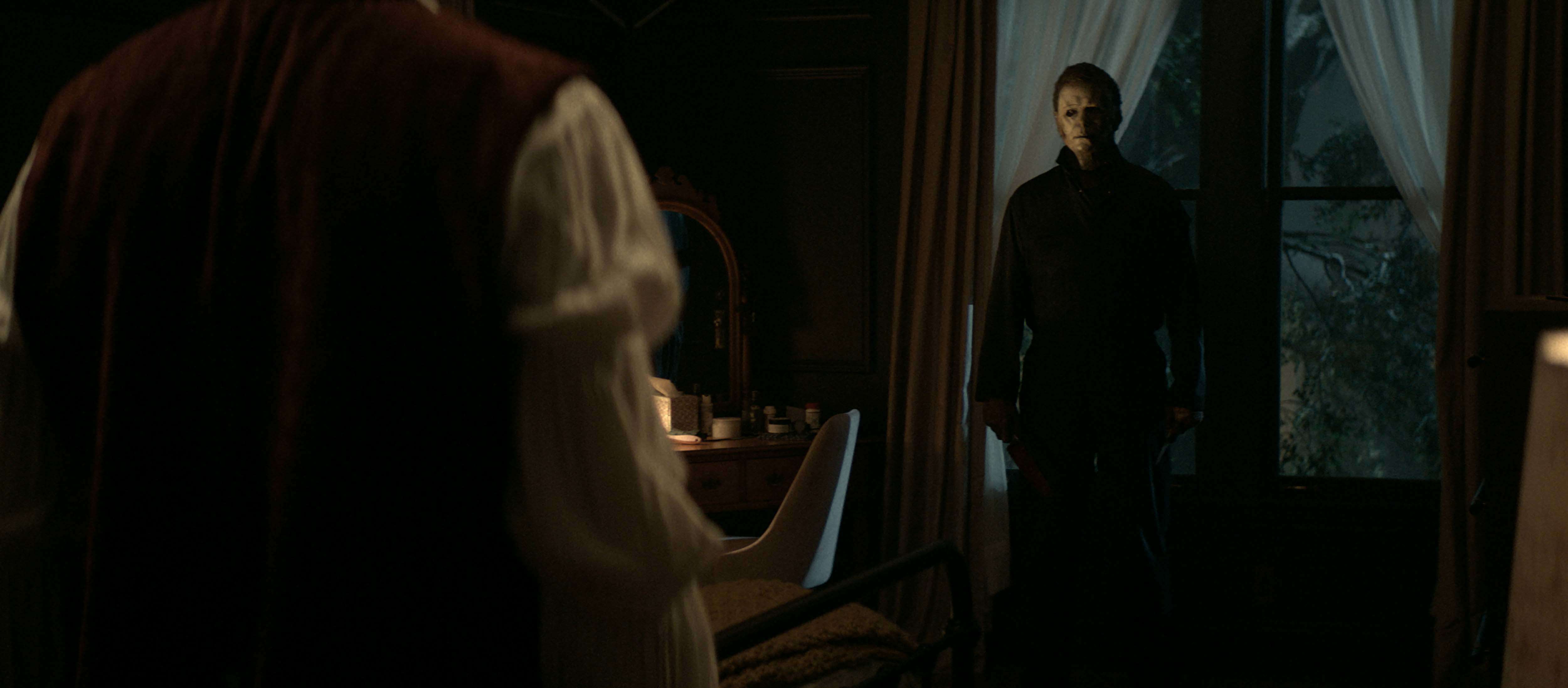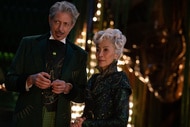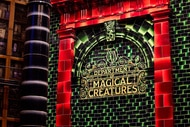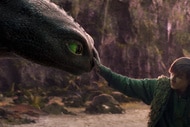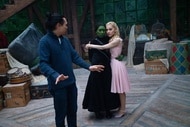Create a free profile to get unlimited access to exclusive videos, sweepstakes, and more!
What should 'Halloween Ends' do with Michael Myers?
Is Michael Myers a supernatural force, or something far more terrifying?

How do you explain Michael Myers?
It's a question every Halloween sequel has wrestled with for the past 40 years, ever since John Carpenter and Debra Hill reluctantly stepped up to script the very first follow-up to their 1978 classic. Each sequel offers its own answers, and this past weekend Halloween Kills offered not just one conclusion, but several, wrestling with an entire franchise's worth of theories and explanations for the legendary masked Shape.
Though Halloween Kills has already proven divisive among audiences, for me its efforts to valiantly charge head-first into trying to solve the Michael Myers problem make it a fascinating installment in the franchise, even if the solutions it comes up with don't always land in the ways I'd like. Halloween 2018, despite being a sequel, focused less on Michael and more on revitalizing and expanding Laurie Strode's (Jamie Lee Curtis) emotional arc. With Laurie's story re-invigorated, it was up to Kills to cast a wider narrative net, touching on everything from the cops who first caught Michael to the other survivors of the 1978 story and how they've processed the narrative in their own minds.
SPOILER WARNING: Spoilers for Halloween Kills ahead.
That widening of the net results in the film jumping between various narratives, which is a conversation all on its own, but it means we get at least a half dozen different perspectives on what Michael Myers is and does in (and to) the world of this particular batch of sequels. Those perspectives turn out to be the most compelling part of the film, because they speak to something these stories have been trying to do with Michael Myers for 40 years.
By dubbing its villain "The Shape" and giving him a mask that is, by design, largely featureless, the original Halloween created a kind of blank-canvas monster; a ramrod-straight, vertical line of gray and white onto which an audience could project its own fears. But by their very nature, sequels have to expand upon a story's existing mythology, and for Halloween, that often meant attempting to give shape (pun intended) to Michael's mayhem. Halloween II (1981), Halloween 4: The Return of Michael Myers (1988), and Halloween H20: 20 Years Later (1998) did this by trying to make the conflict personal, and tying Michael's killing drive directly to his blood ties to Laurie Strode and her offspring. Halloween 5: The Revenge of Michael Myers (1989) and Halloween: The Curse of Michael Myers (1995) form part of a largely unfinished narrative that casts Michael as the victim of a curse, a pawn in an ancient game of ritual and sacrifice that's forced him to slaughter his own bloodline. Rob Zombie's pair of Halloween films attempt a more psychologically grounded approach, while Halloween: Resurrection (2002) posits a world in which Michael will return to Haddonfield and start killing again even after Laurie's dead because that's... just what he does.
With all of this context, Halloween Kills stands out as an intriguing and occasionally frustrating narrative because it makes all of this into a dense stew of influence and homage in which Michael is many things to many people, and thus potentially everything to everyone in Haddonfield. Some characters posit that Michael keeps returning to his childhood home because that's just what he does. Others speak up to deliberately counter Laurie's theory that he escaped just for her, referencing the bloodline plot while simultaneously dismissing it. Still others follow Dr. Sam Loomis' assertion that Michael is "purely and simply evil," and adopt the "evil dies tonight" chant in an effort to strip all potential humanity from Michael's deeds.
Then there's Laurie's final word on the subject, that "fear... is the true curse" of Michael, that each kill and each ounce of fear he inflicts upon Haddonfield makes him less human and more The Shape.
However, even Laurie's final theory on Michael doesn't actually solve anything. It'll be up to Halloween Ends to do that, or not, which of course makes the next film a particularly intriguing one in terms of the decades-old question of how to explain Michael as a character in a larger narrative. For all the attempts throughout the franchise to paint him as a force rather than a thinking, breathing human, there is a brain in that masked skull. There is a process at work in his head, a process we see on the rare occasion that he spares a life or actually seems to suffer when he's wounded. Even The Boogeyman in his purest supernatural form still gets to pick what beds he hides under, so how does Halloween Ends reckon with that?
While, at this point, only director David Gordon Green and company know what they plan to do with their final chapter, if the story wants to stick the landing, then the filmmakers must address this aspect of Michael. Maybe Michael is transcending with each kill. What if Laurie's right, and brute force won't be enough to stop him? But at the same time, here's hoping that the solution isn't as trite as banishing fear from the minds of the central characters. Laurie Strode didn't survive that night in 1978 because she stopped being afraid. She survived in spite of being afraid, and that's the key to why this franchise still keeps its hold over us.
Whatever Michael is, let's hope it proved to be more than only fear incarnate. Because forcing Laurie Strode to fight a monster with a face who knows exactly what he's doing is far scarier.
The views and opinions expressed in this article are the author's and do not necessarily reflect those of SYFY WIRE, SYFY, or NBCUniversal.
SYFY and Universal Pictures are both properties of NBCUniversal, a subsidiary of Comcast Corporation.
